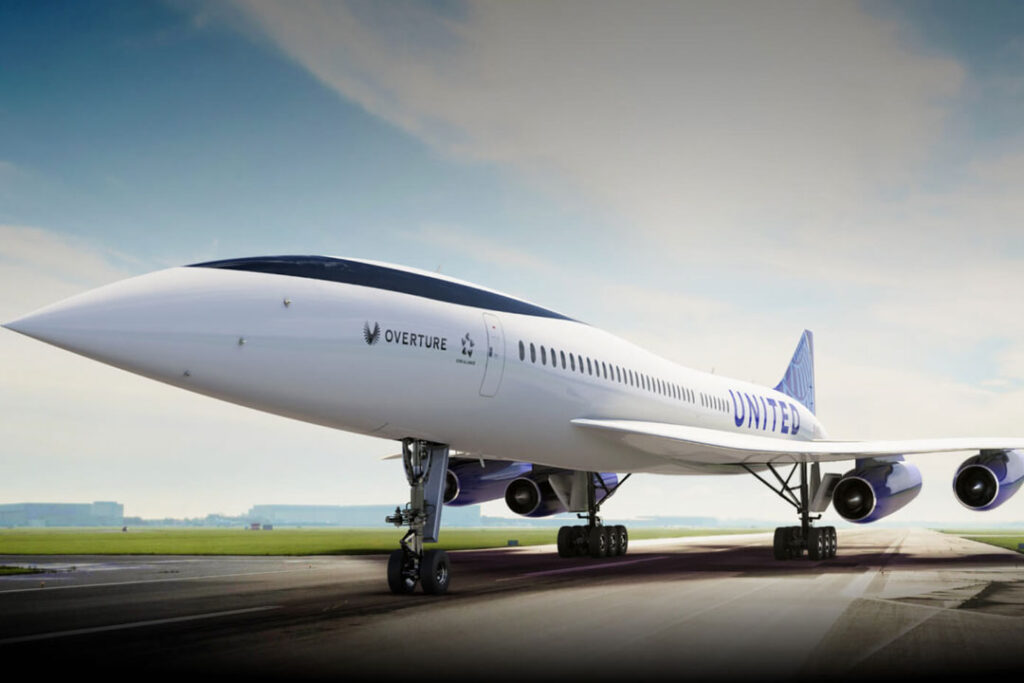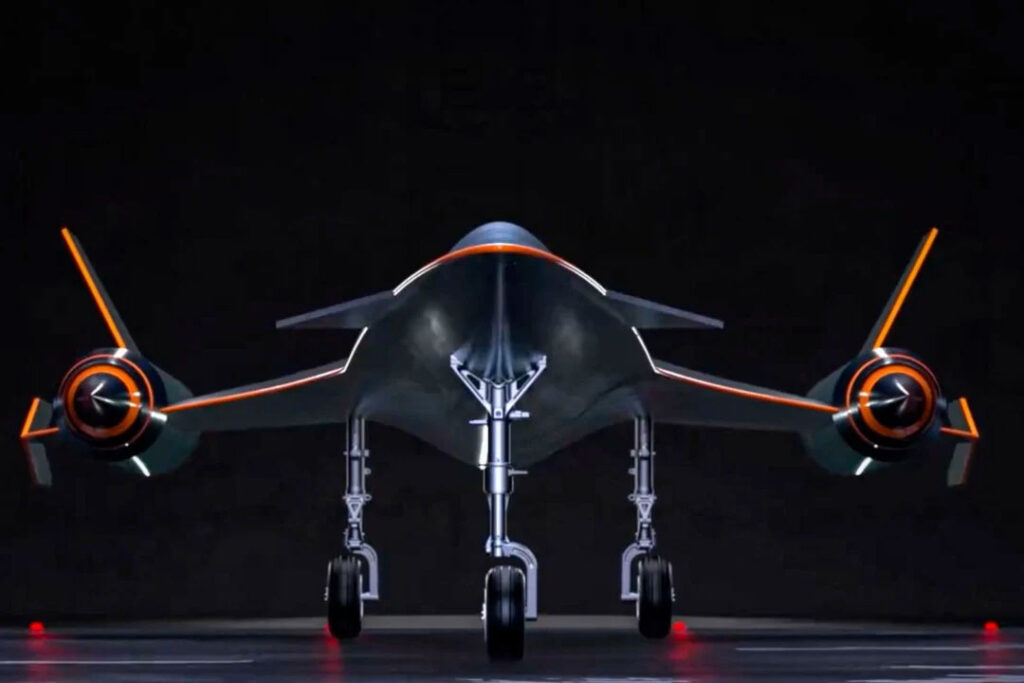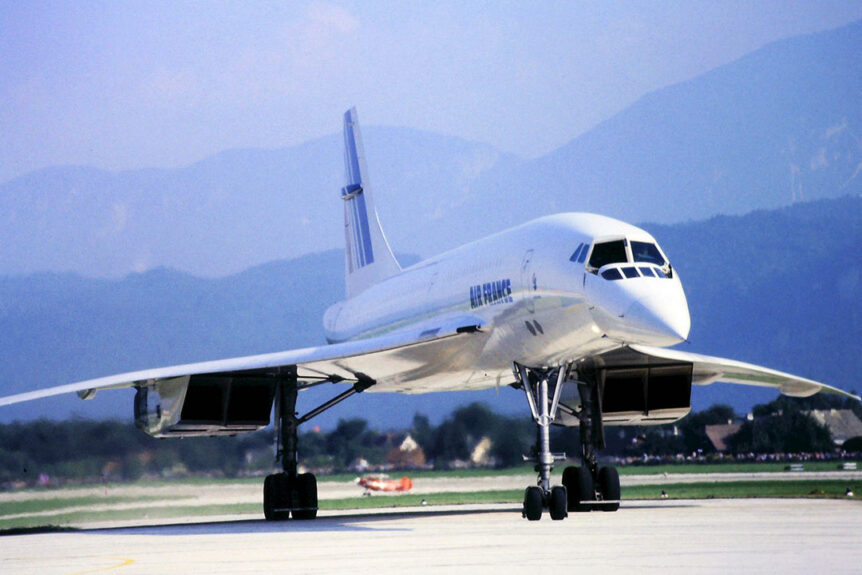Supersonic air travel has long captivated the imagination of travelers and engineers alike. From the iconic Concorde to emerging technologies promising faster and more efficient flights, the journey of supersonic aviation reflects both human ambition and technological advancement.
The Dawn of Supersonic Commercial Flight
Supersonic flight—traveling faster than sound—transitioned from military use to commercial aviation in the mid-20th century. The Soviet Union’s Tupolev Tu-144, the first supersonic transport (SST), flew in 1969 and entered limited passenger service in the 1970s. Yet it was the Anglo-French Concorde that became legendary.
Introduced in 1976, the Concorde cruised at Mach 2.04, slashing transatlantic flight times. Despite its brilliance, challenges like high costs, limited seating, and environmental concerns led to its 2003 retirement.
Comparison of Supersonic Aircraft
| Aircraft | Developer | Cruise Speed | Passenger Capacity | Range | First Flight (Est.) | Notable Feature |
|---|---|---|---|---|---|---|
| Boom Overture | Boom Supersonic (USA) | Mach 1.7 | 64–80 | 4,250 nmi (7,870 km) | 2027 (planned) | Net-zero carbon; Boomless Cruise |
| Concorde | BAE & Aérospatiale (UK/France) | Mach 2.04 | 92–128 | 3,900 nmi (7,223 km) | 1969 | First supersonic commercial airliner |
| NASA X-59 QueSST | NASA & Lockheed Martin | Mach 1.4 | 1 (pilot only) | ~1,500 nmi (2,778 km) | 2025 (planned) | Low-boom quiet supersonic tech |
Challenges and Setbacks
Early supersonic aviation faced major hurdles. Sonic booms—loud shock waves from supersonic speeds—led to overland flight bans. High fuel and maintenance costs made operations unsustainable, and the 2000 Air France Concorde crash further damaged public trust, hastening its retirement.
The Resurgence of Supersonic Flight

A conceptual design of Boom Supersonic’s Overture aircraft | Photo boomsupersonic.com
Advances in materials, aerodynamics, and engines have revived supersonic travel. Boom Supersonic’s XB-1 demonstrator recently hit supersonic speeds, a key milestone. Their Overture airliner, targeting Mach 1.7 for 64–80 passengers, could halve flight times. Airlines like United and American have already placed orders, signaling strong demand.
Innovations Addressing Past Challenges
Modern projects focus on sustainability and noise reduction. Boom’s “Boomless Cruise” aims to soften sonic booms, enabling overland flights. Sustainable aviation fuels (SAFs) and efficient engines tackle environmental concerns, while NASA’s X-59 QueSST works to minimize boom noise for regulatory approval.
Global Developments and Future Prospects

Yunxing prototype commercial transport plane | Photo: Weibo/YunXing
Beyond the U.S., nations are pushing boundaries. China’s Space Transportation is developing the Mach 4 Yunxing, potentially linking London and New York in 90 minutes. Europe’s Stratofly MR3 envisions hypersonic airliners at Mach 8, revolutionizing global transit.
Regulatory and Economic Considerations
Mainstream supersonic travel requires updated regulations. Current overland bans, due to noise, limit routes—but quieter tech could change policies. Economically, success depends on balancing costs and ticket prices, ensuring profitability without excluding travelers.
From Concept to Cruising Speed
Supersonic air travel is on the verge of a comeback. With innovations overcoming past barriers, faster global transit is within reach. As investments pour in, the next decade may redefine how we experience distance and time in the skies.

